Market Growth Projections
The Global Military Protection Glasses Market Industry is projected to witness substantial growth in the coming years. With a market value of 563.2 million USD in 2024, it is anticipated to reach approximately 1,095.3 million USD by 2035. This growth trajectory reflects a compound annual growth rate of 6.23% from 2025 to 2035. Factors such as rising military expenditures, technological advancements, and increased awareness of eye safety are expected to contribute to this upward trend. The market's expansion is indicative of the increasing prioritization of soldier safety and the continuous evolution of protective eyewear technology.
Technological Advancements
Innovations in materials and design are propelling the Global Military Protection Glasses Market Industry forward. The integration of advanced polycarbonate lenses and anti-fog coatings enhances visibility and durability, which are crucial for military operations. Furthermore, the development of smart glasses equipped with augmented reality features is gaining traction. These advancements not only improve soldier performance but also ensure compliance with safety standards. As technology continues to evolve, the market is likely to see a surge in demand, potentially reaching a valuation of 1,095.3 million USD by 2035, reflecting a compound annual growth rate of 6.23% from 2025 to 2035.
Rising Awareness of Eye Safety
There is a growing recognition of the importance of eye protection in military operations, which is significantly influencing the Global Military Protection Glasses Market Industry. Military personnel are increasingly exposed to various hazards, including flying debris and ballistic threats. This awareness has led to stringent regulations and standards for protective eyewear. For example, the U.S. Army has implemented specific guidelines for eye protection gear, emphasizing the need for compliance with military specifications. Consequently, manufacturers are focusing on producing glasses that meet these standards, thereby driving market growth as more armed forces prioritize eye safety.
Increasing Military Expenditure
The Global Military Protection Glasses Market Industry is experiencing growth driven by rising military budgets across various nations. Governments are allocating more resources to enhance soldier safety and operational effectiveness. For instance, the United States has proposed a defense budget of approximately 877 billion USD for 2024, which includes investments in advanced personal protective equipment. This trend is not limited to the U.S.; countries like India and China are also increasing their military spending. As a result, the demand for high-quality military protection glasses is expected to rise, contributing to the projected market value of 563.2 million USD in 2024.
Global Conflict and Geopolitical Tensions
Ongoing global conflicts and rising geopolitical tensions are key drivers of the Global Military Protection Glasses Market Industry. As nations face threats from terrorism, cyber warfare, and territorial disputes, military forces are compelled to enhance their protective gear. The demand for military protection glasses is likely to increase as armed forces prepare for potential confrontations. For instance, the ongoing tensions in Eastern Europe and the South China Sea have prompted countries to bolster their military capabilities. This heightened focus on defense is expected to sustain market growth, with projections indicating a market value of 563.2 million USD in 2024.
Increased Participation in Military Training Programs
The expansion of military training programs worldwide is contributing to the growth of the Global Military Protection Glasses Market Industry. As nations invest in training their armed forces, the need for protective eyewear becomes paramount. Training exercises often involve live-fire scenarios and simulated combat environments, where the risk of eye injuries is elevated. Consequently, military organizations are procuring high-quality protection glasses to ensure the safety of their personnel. This trend is likely to continue, with the market expected to reach 1,095.3 million USD by 2035, driven by the increasing emphasis on comprehensive training and safety protocols.
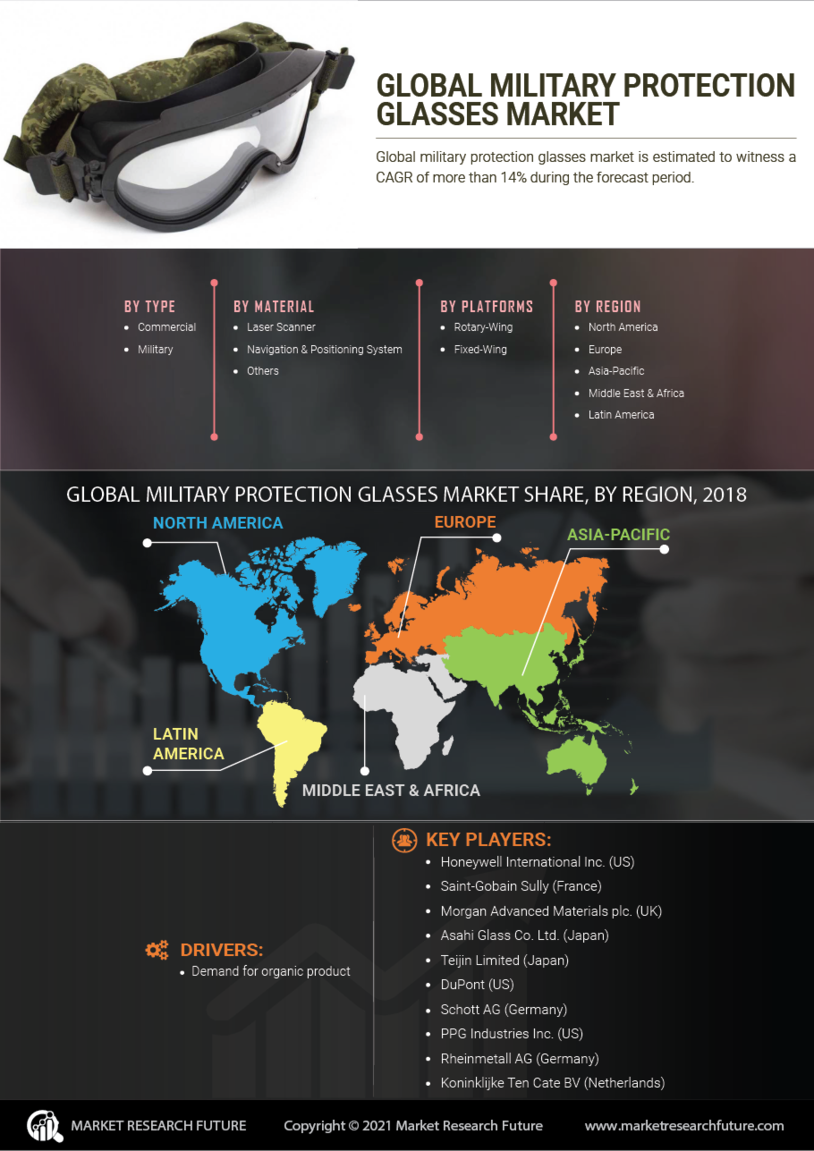

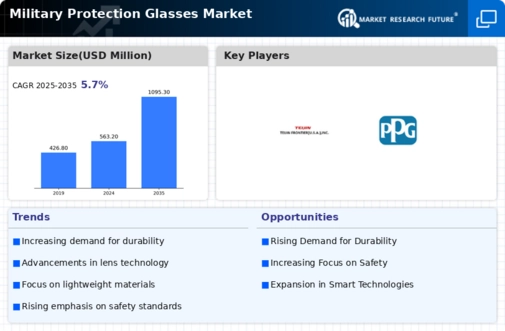
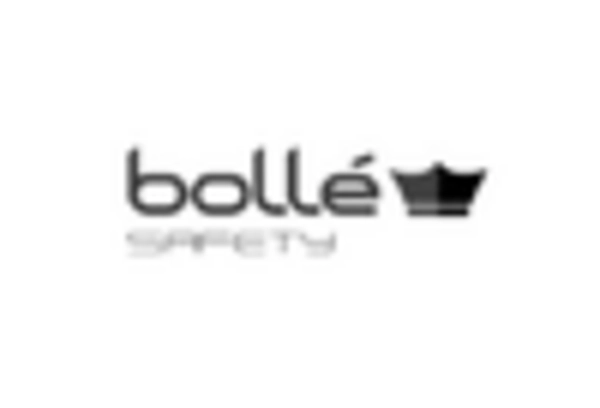
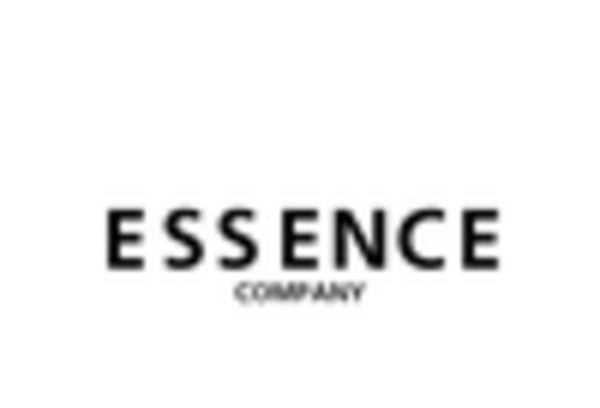
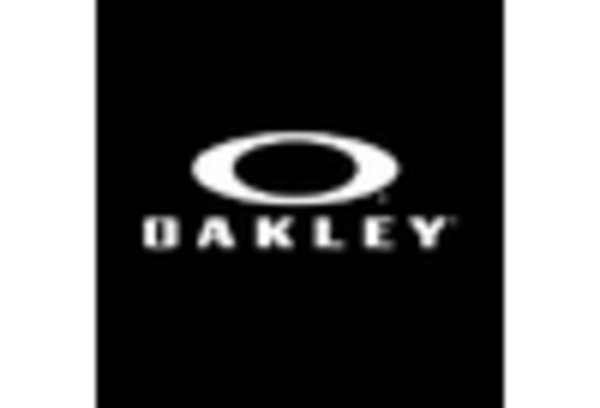
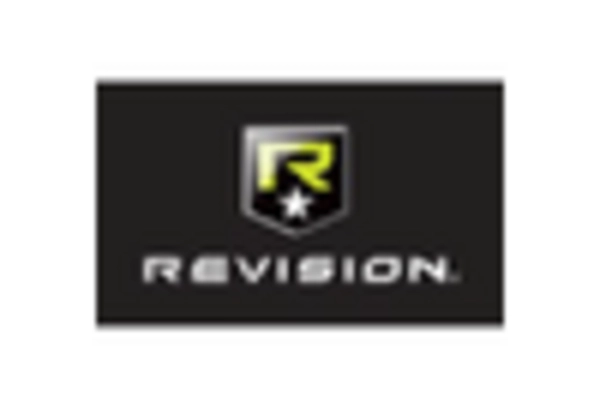
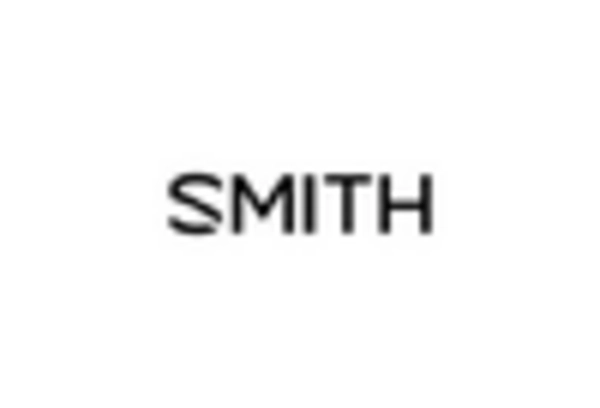
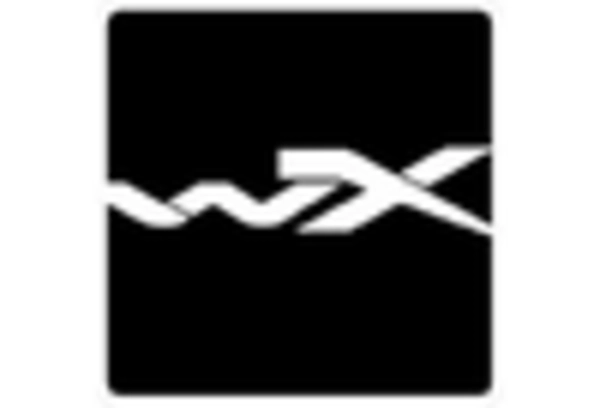








Leave a Comment